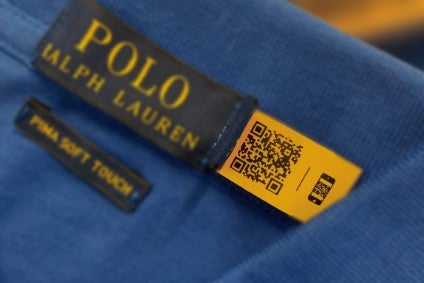
While it is good to see Ralph Lauren just about back in growth, the latest results point to the fact the company is not enjoying the fruits of recovery in the same way that other retailers and brands are doing.
- Q4 net revenue edged up 1% to US$1.3bn on a reported basis and was down 3% in constant currency.
- North America revenue fell 10% to $569m. Europe revenue up 5% to $370m on a reported basis but down 4% in constant currency. Asia revenue grew 35% to $289m on a reported basis and 28% in constant currency.
- On a reported basis, Q4 net loss narrowed to $74m from $249m a year earlier. On an adjusted basis, net income was $28m, compared to $50m.
- FY net revenue dropped 29% to $4.4bn reported and 30% in constant currency.
- North America revenue tumbled 37% to $2bn, while Europe revenue fell 29% to $1.2bn on a reported basis and was down 32% in constant currency. Asia revenue increased 1% to $1bn on a reported basis but declined 2% in constant currency.
- FY net loss was $121m on a reported basis, compared to net income of $384m a year prior. On an adjusted basis, net income was $127m, compared to $506m for Fiscal 2020.
While it is good to see Ralph Lauren just about back in growth, the latest results point to the fact the company is not enjoying the fruits of recovery in the same way that other retailers and brands are doing.
Admittedly, the period covered by the quarter falls slightly earlier than others reporting around this time, which means Ralph Lauren’s numbers do not contain the extremely strong month of April. Even so, in its major market of North America, consumer spending was very solid over the reporting period, especially so in March when it surged. Ralph Lauren is also up against a very weak prior year comparative when sales dipped by 15.4%.
Within North America, revenue fell by 9.6% off the back of an 11.2% decline in the same period of 2020. Most of this was down to a 22% dip in wholesale because of Ralph Lauren cutting back on distribution and retailers being more cautious about ordering inventory. The decision to cut the number of doors it sells through is to be applauded, even if it does create some pain on the sales line. We believe that the distribution of Ralph Lauren is too wide which makes the brand ubiquitous. It also creates confusion and dilutes the brand’s potential strength as the standards of display and merchandising, especially in department stores, are simply not up to scratch.
While the pressure from wholesale is understandable, the very slim growth from the direct-to-consumer or retail part of the business, where North American comparable sales increased by just 3%, is less excusable. This is especially so as comparable sales declined by 13% last year. E-commerce revenue picked up, growing by 25%, but given this comes off the back of a 7% decline in 2020, it still means Ralph Lauren is underperforming the online market to a significant degree.
All of this points to the fact that the Ralph Lauren brand, and the many sub-brands that it owns, does not have enough traction with consumers. Awareness is not really the issue here as most shoppers, of all demographics, have heard of Ralph Lauren. However, the attraction to and resonance with the brand is much weaker than it should be. In our view, much of this arises because Ralph Lauren has become too diffuse and too ubiquitous. This is the result of over-expansion and a lack of clarity as to what the different brands and parts of the offer are and who they are aimed at. Ralph Lauren’s own stores are visually stunning and present a completely different experience to merchandising of the brand in a department store which displays garments in a way that would not look out of place in a flea market. In essence, it is all rather confusing, so Ralph Lauren ultimately fails to create deep connections with shoppers.

US Tariffs are shifting - will you react or anticipate?
Don’t let policy changes catch you off guard. Stay proactive with real-time data and expert analysis.
By GlobalDataThe company is trying to present a clearer image and voice by elevating marketing, where it pushed up investments by 44% compared to last year. This is having some success, especially digitally, where Ralph Lauren is attracting the attention of younger shoppers. However, we would argue that before marketing can be truly effective, the company needs a much clearer proposition. We recognise that Ralph Lauren is headed in this general direction with its decision to curtail distribution and to dispose of assets like Club Monaco. However, it has been on this road for a very long time, and it really needs to start showing signs of progress.
Overall, Ralph Lauren has potential. The brand is damaged, but not permanently broken. However, the company has a lot to prove over the year ahead. It will inevitably generate some strong numbers next quarter as it laps the depths of the pandemic lockdown, But as it comes into the second half of the fiscal year, growth will become more dependent on getting the strategy, and the brand image, right.



